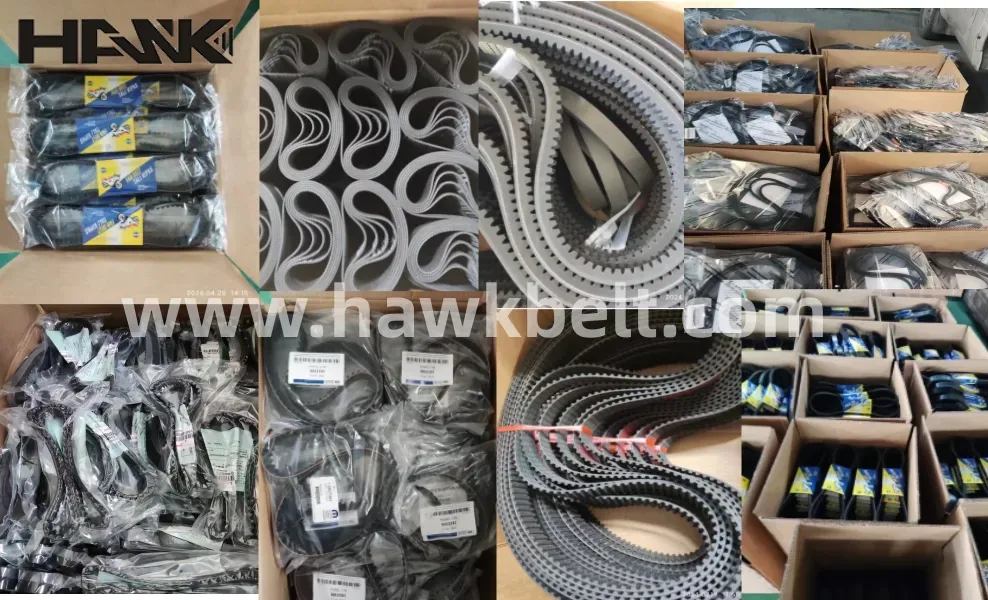- Arabic
- French
- Russian
- Spanish
- Portuguese
- Turkish
- Armenian
- English
- Albanian
- Amharic
- Azerbaijani
- Basque
- Belarusian
- Bengali
- Bosnian
- Bulgarian
- Catalan
- Cebuano
- Corsican
- Croatian
- Czech
- Danish
- Dutch
- Afrikaans
- Esperanto
- Estonian
- Finnish
- Frisian
- Galician
- Georgian
- German
- Greek
- Gujarati
- Haitian Creole
- hausa
- hawaiian
- Hebrew
- Hindi
- Miao
- Hungarian
- Icelandic
- igbo
- Indonesian
- irish
- Italian
- Japanese
- Javanese
- Kannada
- kazakh
- Khmer
- Rwandese
- Korean
- Kurdish
- Kyrgyz
- Lao
- Latin
- Latvian
- Lithuanian
- Luxembourgish
- Macedonian
- Malgashi
- Malay
- Malayalam
- Maltese
- Maori
- Marathi
- Mongolian
- Myanmar
- Nepali
- Norwegian
- Norwegian
- Occitan
- Pashto
- Persian
- Polish
- Punjabi
- Romanian
- Samoan
- Scottish Gaelic
- Serbian
- Sesotho
- Shona
- Sindhi
- Sinhala
- Slovak
- Slovenian
- Somali
- Sundanese
- Swahili
- Swedish
- Tagalog
- Tajik
- Tamil
- Tatar
- Telugu
- Thai
- Turkmen
- Ukrainian
- Urdu
- Uighur
- Uzbek
- Vietnamese
- Welsh
- Bantu
- Yiddish
- Yoruba
- Zulu
נוב . 20, 2024 07:46 Back to list
timing belt production line
Timing Belt Production Line An Overview
The timing belt is a crucial component in many internal combustion engines and other machinery, functioning to synchronize the rotation of the crankshaft and camshaft. This synchronization ensures that the engine runs smoothly and efficiently, maintaining the timing of the intake and exhaust valves in relation to piston movement. With the increasing demand for vehicles and machinery worldwide, a robust timing belt production line is essential to meet these requirements efficiently.
The production line for timing belts is a complex system that integrates various stages, from raw material selection to quality control. The primary raw material used in manufacturing timing belts is rubber, often combined with reinforcing fibers such as nylon or polyester to enhance strength and durability. The production process begins with the careful selection of high-quality raw materials, as the performance and longevity of the final product depend significantly on this stage.
The initial step in the production line involves the mixing of rubber compounds. This is typically done in large batch mixers, where chemicals and additives are blended with rubber to create a resilient and heat-resistant material. The mixture must achieve specific characteristics, such as flexibility and tensile strength, ensuring that the belts can endure extreme conditions in engines.
Once the rubber blend is prepared, the next stage is the extrusion process, where the mixed rubber is forced through a mold to form the basic shape of the timing belt. During extrusion, grooves are created on the inner surface of the belt, which are crucial for proper engagement with the sprockets. This step is vital as the shape and dimension of the grooves directly affect the timing belt's performance and compatibility with various engine designs.
timing belt production line

After extrusion, the belts undergo a curing process, commonly known as vulcanization. This stage involves heating the extruded rubber under controlled conditions to induce chemical reactions that strengthen the material. This process ensures that the timing belts can withstand high levels of stress and temperature, which are typical in engine environments.
Following curing, the belts must be tested for quality and performance. This testing phase is critical, as any defects or inconsistencies could lead to catastrophic engine failures. Various tests, including tensile strength, elongation, and wear resistance, are conducted to ensure that the timing belts meet industry standards and specifications. Any belts that do not pass these tests are discarded or reworked, reinforcing the importance of quality control throughout the production process.
Once the timing belts pass quality inspections, they are ready for packaging and distribution. Efficient packaging is essential not only for protecting the belts during shipping but also for facilitating easy handling and storage. Manufacturers often employ automated packaging systems that streamline this process, ensuring that the belts are delivered to customers promptly.
The timing belt production line does not end with the manufacturing process. Continuous improvement and innovation are vital to meet market demands and advancements in automotive technology. Manufacturers are increasingly utilizing automation and advanced manufacturing techniques, such as computer numerical control (CNC) machining, to enhance precision and efficiency on the production line. Additionally, incorporating sustainability practices, such as utilizing eco-friendly materials and reducing waste, has become increasingly important in today's environmentally conscious market.
In conclusion, the timing belt production line is a multidimensional process that requires careful planning, execution, and quality control to produce reliable components for various applications. With technology advancing and market demands evolving, manufacturers must remain adaptable, ensuring that they continue to deliver high-quality timing belts that meet the expectations of modern engines and machinery. As the automotive industry continues to grow, the importance of an efficient and innovative production line cannot be overstated, highlighting the crucial role timing belts play in engine performance and reliability.
-
Korean Auto Parts Timing Belt 24312-37500 For Hyundai/Kia
NewsMar.07,2025
-
7PK2300 90916-T2024 RIBBED BELT POLY V BELT PK BELT
NewsMar.07,2025
-
Chinese Auto Belt Factory 310-2M-22 For BMW/Mercedes-Benz
NewsMar.07,2025
-
Chinese Auto Belt Factory 310-2M-22 For BMW/Mercedes-Benz
NewsMar.07,2025
-
90916-02660 PK Belt 6PK1680 For Toyota
NewsMar.07,2025
-
drive belt serpentine belt
NewsMar.07,2025

